Washing hands properly is one of the most important and effective ways of stopping the spread of infections and illnesses.
- Wash your hands thoroughly using water and plain soap.
- Wash for at least 20 seconds and dry them completely.
- Using warm water is preferable, if available.
How do I wash my hands properly?
- Wet your hands with clean, running water – use warm water if available. Turn off the tap and apply soap.
- Lather your hands by rubbing them together with soap – liquid is best. Rub hands together until the soap makes bubbles. Make sure to rub on both sides of both hands and in between your fingers and thumbs.
- Rub your hands for at least 20 seconds. Need a timer? Hum the Happy Birthday song from beginning to end twice.
- Rinse your hands well under clean, running water – use warm water if available.
- Dry your hands – using a paper towel is best or, if at home, a clean dry towel.
Plain soap is as good as antiseptic soap
Antiseptics may be added to hand cleansers. However, plain soap has been shown to be just as effective as hand cleansers or soaps with added antiseptic agents.
If soap and water are not available, use an alcohol-based hand sanitizer.
When to wash your hands?
Always wash and dry your hands:
- before eating or preparing food
- dressing a wound
- giving medicine
- putting in contact lenses.
- after:
- sneezing, coughing or blowing your nose (or wiping children’s or other people’s noses)
- playing/training outside
- being in contact with blood or other bodily fluids (like vomit, nasal, or saliva)
- touching something that could be contaminated (like garbage, litter trays, or cleaning cloths)
- after visiting a public place (gym, sport club, transport, or the supermarket)
- gardening or outside activities
- having contact with animals
- using the toilet or changing diapers
- looking after sick people.
Tips:
- If you have someone at home who is sick, you should wash your hands more often.
- If you use gloves to protect your hands, you still need to wash your hands after you have taken the gloves off.
When and how do I use a hand sanitizer?
If soap and water are not available, an alcohol-based hand sanitizer that can be used without water is a good alternative. Look for one with 60–80% alcohol (ideally 75%).
- Apply one squirt of hand rub in a cupped hand.
- Rub hands palm to palm, up to and including your wrists.
- Rub your right palm over the back of your left hand with linked fingers and vice versa.
- Rub palm to palm with fingers linked.
- Rub the backs of your fingers to opposing palms with fingers interlocked.
- Rub around your left thumb held in your right palm and vice versa.
- Rub around firmly the closed fingers of your right hand in your left palm and vice versa.
- Once dry, your hands are safe.
Hand sanitizer does not kill as many germs as soap does
Hand sanitizer does not kill some of the germs that cause diarrhoea (runny poos) and vomiting (being sick), so you should wash your hands with soap and water after contact with someone with these symptoms, even if you used gloves. Washing your hands with soap is also more effective than hand sanitizer against other viruses such as COVID-19.


